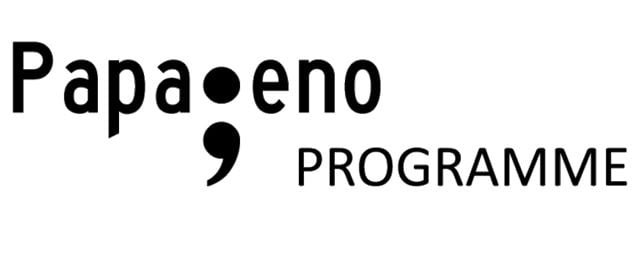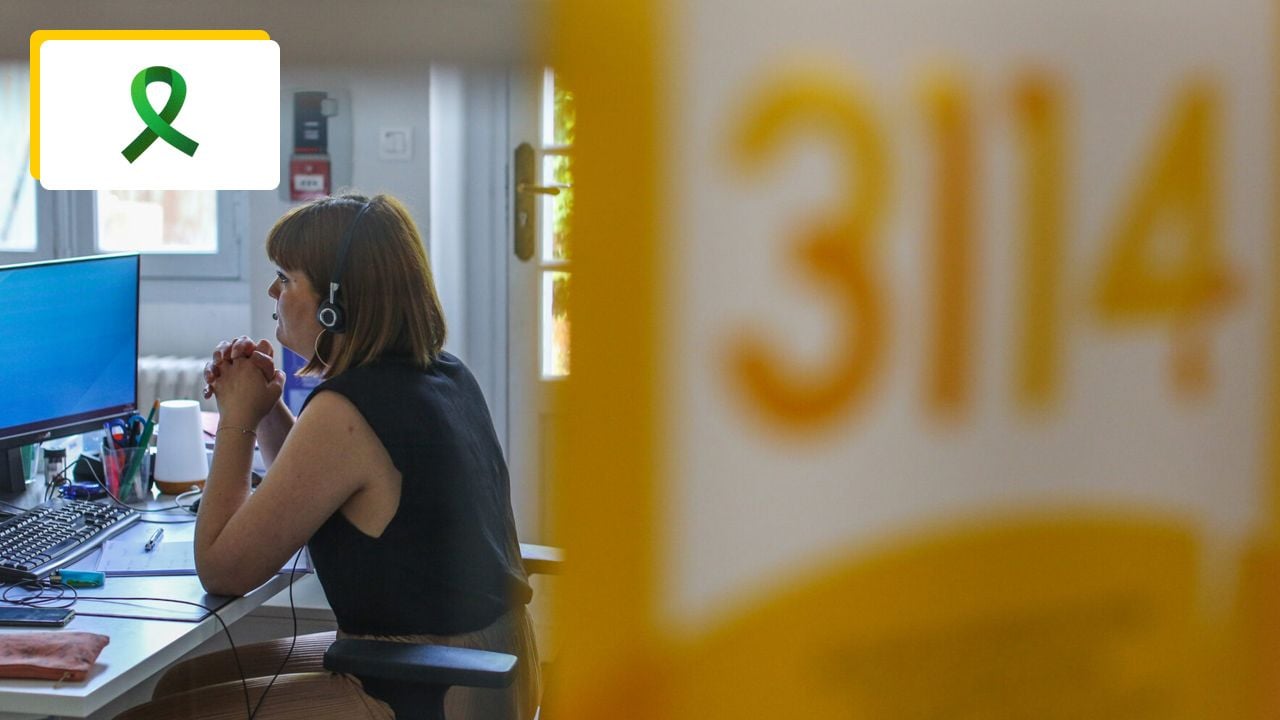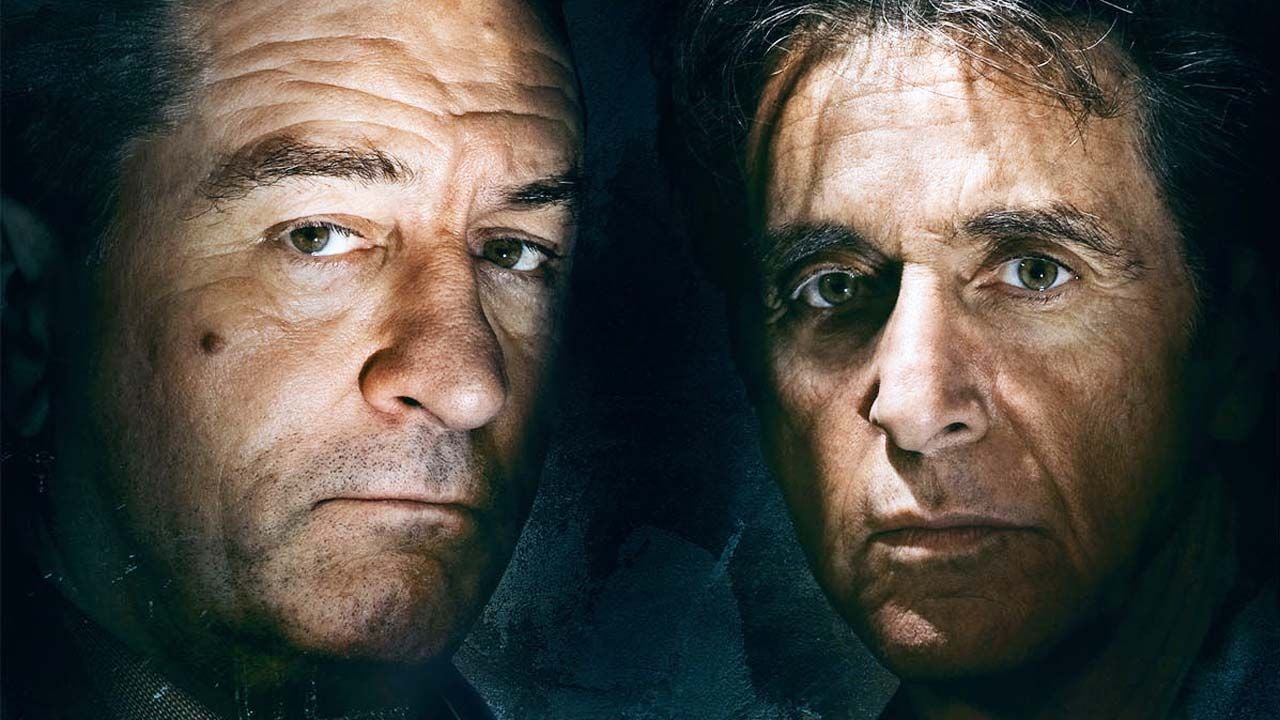- For more information on Mental Health Week, visit fr.webedia-group.com
for ten years Papageno program Actively works within suicide prevention by raising awareness among media, artists and content creators about the perpetuating biases that subconsciously surround the concept of suicide.

Named after a character in Mozart’s opera magic fluteThus, the Papageno Effect aims to change the treatment of suicide by media and fiction to limit its negative effects and offer a useful approach to help prevent it by choosing the right words, encouraging hope and celebrating life. To discourage people from seeking help and especially romantic death.
In conjunction with Mental Health Awareness Week, AlloCiné spoke to Natalie Pauwels, who is responsible for the program’s national rollout.
AlloCiné: What is the mission of the Papageno program?
Natalie Pauwels: Precautions are necessary when approaching a suicide scene in fiction. I’m not saying this, it’s not Papageno’s program, it’s WHO, considering the possible imitative effect of suicide. Which means that viewers, readers who are in a state of suicidal crisis, can repeat the same gesture. The risk, if we do not take these measures, is to convey the message that suicide is a normal response to a difficult situation. or even banal. Or that suicide is something romantic. In fact, it conveys ideas that are false, because in reality suicide is not the person who needs to disappear, it is their suffering. And Papageno’s program supports these screenwriters, these authors of novels, these authors of plays in this process.

Natalie Powells
What are the main biases you have observed in thinking about suicide?
Suicide is often discussed in the story. Because we have the idea that suicide is a form of freedom. When in reality, it is more of an alienation from suffering. Suicide is perceived as a choice, when in reality it is not a choice. There is indeed this idea of suicide that is distorted, but which, according to the script, gives a lot of room for sensationalism. This is also one of the reasons why it is often used.
In addition, through the suicide scene, authors often unambiguously describe the lethal method. For people who are in a suicidal crisis, the risk is that their script will play out. I cite the example of the series 13 Reasons Why, where the suicide scene had to be reworked with this very risk in mind. I find it very interesting because in the new version we feel a lot more emotions without seeing the means that he used. So the message is spread without that incentive effect.
Ultimately, the precautions provided by the World Health Organization are very helpful because they allow screenwriters to approach suicide in a more accurate, more authentic way. They even give more precision to a scene that is sometimes very central to the script.

What are the preconceived ideas surrounding these representations?
What people don’t understand is that to raise awareness, you don’t have to show anything too negative. All studies show this, and social marketing studies in particular influence, for example, road safety or smoking cessation campaigns. When we show something negative, it eventually creates surprise and shame. So it doesn’t change the behavior.
Everyone does this during suicide, they express discomfort. And then, at the end, the suicide scene has to say, “No, you shouldn’t do that.” The problem is that it has no such effect. It has the opposite effect, meaning that people who see it are so stunned that they kill themselves. This kind of thinking about prevention campaigns in shock campaign mode, studies show that it doesn’t work. It’s the same in the theater, in the movies, the same effect. The idea is to say, “He experiences discomfort and at one point finds a way out of it.” This is a preventive effect.
I know that fiction writers are not suicide prevention. I know it well. But by holding them accountable and explaining to them that this effect creates a risk of suicide, they usually reconsider their scenario. It remains their script, but with much more precision in the end and without the risk of imitation. Whatever we set 3114, we must try to act on both levers: to avoid this incentive effect and to promote the resource of help. And it is very difficult.

You mentioned “13 Reasons Why”: we get the impression that awareness seems to have increased on the Anglo-Saxon side, but not yet in France…
It is true that these precautions are still well practiced in Anglo-Saxon countries, where the International Association for the Prevention of Suicides gives great support to screenwriters. In French fiction we have not yet understood the problem. Suicide is often used to sensationalize the story. There are often very small shortcuts between the cause and the suicidal gesture, such as “She leaves me, I’ll kill myself.” What is also missing is a warning at the beginning or end with a helpline number such as 3114, which is the national suicide prevention number in France.
True, it is not yet widespread in France. However, if the authors of French fiction could ask themselves in advance when writing the text about the interest and reason for such a scene… It is true that we are not always obliged to use suicide to eliminate the main character in the film. We can think of other ways. If they could also pay attention to how they describe this suicide without mentioning the means of death, and finally offer a resource for help… All of these three things together will make it more likely that people in crisis will call. to help resources.
We see it again 13 reasons why Where this number added in the new version has resulted in a very significant increase in calls to crisis lines. Viewers who watched the series saw that there was a possibility that their lives would not end the way they did in Hannah Baker’s series. They took this resource that was available and called and got help. So, given that talking about suicide is not a risk in itself, but it can be an opportunity, it can save lives.

The author can criticize Papageno’s recommendations as a form of censorship. What will you answer them?
True, we can consider these WHO recommendations as a form of censorship of creative freedom. However, and this is all the support that Papageno’s program offers, it is to make them understand what suicide is, what suicide crisis is, to offer them to “talk about it better”.
Talking about it better means asking what drives a person to a suicidal crisis can give the scene more precision. In fact, the writers we meet, whether they’re novelists or podcasters, each time discover the reality and realize that the notions about suicide were wrong. So very often it ends with “thank you”. Thank you for allowing us to give much more precision to the script, the scene, which, as I said, is often the centerpiece of creativity.
Whenever I support authors, they always find another way to do things. Every time they tell me: “You make us think it’s very interesting.”. Somewhere they feel a sense of pride. Because they searched very deep within themselves how to talk about suicide without this imitative and encouraging effect. There is some form of click every time. They tell me: “That’s it, I found it, what do you think?” This is usually great.

Knowing that the incentive effect is real: You told me about a recent experience involving a French film that led to a move to action…
We may wonder about this encouraging, imitative effect of suicide. You may not believe it. And yet, unfortunately, every day, I drive teams that see this on the ground. We recently had an example of a French film that explicitly described a lethal means. And the exposure was a person who presented to the emergency room after using the exact same remedies. Luckily he didn’t die. And for the means used, which was quite specific, he told the emergency room doctors that he was inspired by a scene from a movie that had just gone to the cinema.
So you can see that’s where precautions are really needed because when a person is in a suicidal crisis, really, they don’t always have an idea of the scenario they’re going to use. And when he sees it embodied in cinema in fiction or in media through a real event, there is a moment when he changes in his process and he risks being inspired. That’s why this question of method, if I don’t describe it, affects the viewer. Hence the work we do within the Papageno program to hold people accountable. This is not censorship, but empowering anyone who discusses suicide in the media at any time.

Which profiles work with you in this program?
Within the Papageno program, we are a small team, but we manage to always make ourselves available to those who contact us. My colleague Heloise, for example, is a journalist and supports journalists more clearly. We also have psychiatrists, whether it’s adult or child and adolescent, who also help us in this area from this expert on suicidal crisis. And that allows journalists or screenwriters who use our services to actually have a very on-the-spot view and experience on a day-to-day basis. Because my colleagues, on a daily basis, are with people who have gone through moments of suicidal crisis, and they can constantly convey the reality of what people are feeling.
The message of the Papageno program is mainly aimed at authors, screenwriters, journalists, storytellers, etc.
The last message I want to convey is that when you are going through a suicidal crisis, you can get through it. And even if you only see darkness, no end to this despair you’re in, I really invite you to make up 3114 which is the National Suicide Prevention Lifeline. You will have caring people who will listen to you and with whom you will be able to see all the possibilities available to you to get through this difficult moment.
Comments collected by Ioan Sardet on September 30, 2009
Source: Allocine
Rose James is a Gossipify movie and series reviewer known for her in-depth analysis and unique perspective on the latest releases. With a background in film studies, she provides engaging and informative reviews, and keeps readers up to date with industry trends and emerging talents.


![New Day ahead: Clement returned to Lewis’s life … which awaits you from the week of 2025 to August 22, 2025 [SPOILERS] New Day ahead: Clement returned to Lewis’s life … which awaits you from the week of 2025 to August 22, 2025 [SPOILERS]](https://fr.web.img6.acsta.net/img/08/ec/08ec372fefd20ec7c07f981af66f94d8.jpg)



-uvhfh7afm1ir.jpg)
